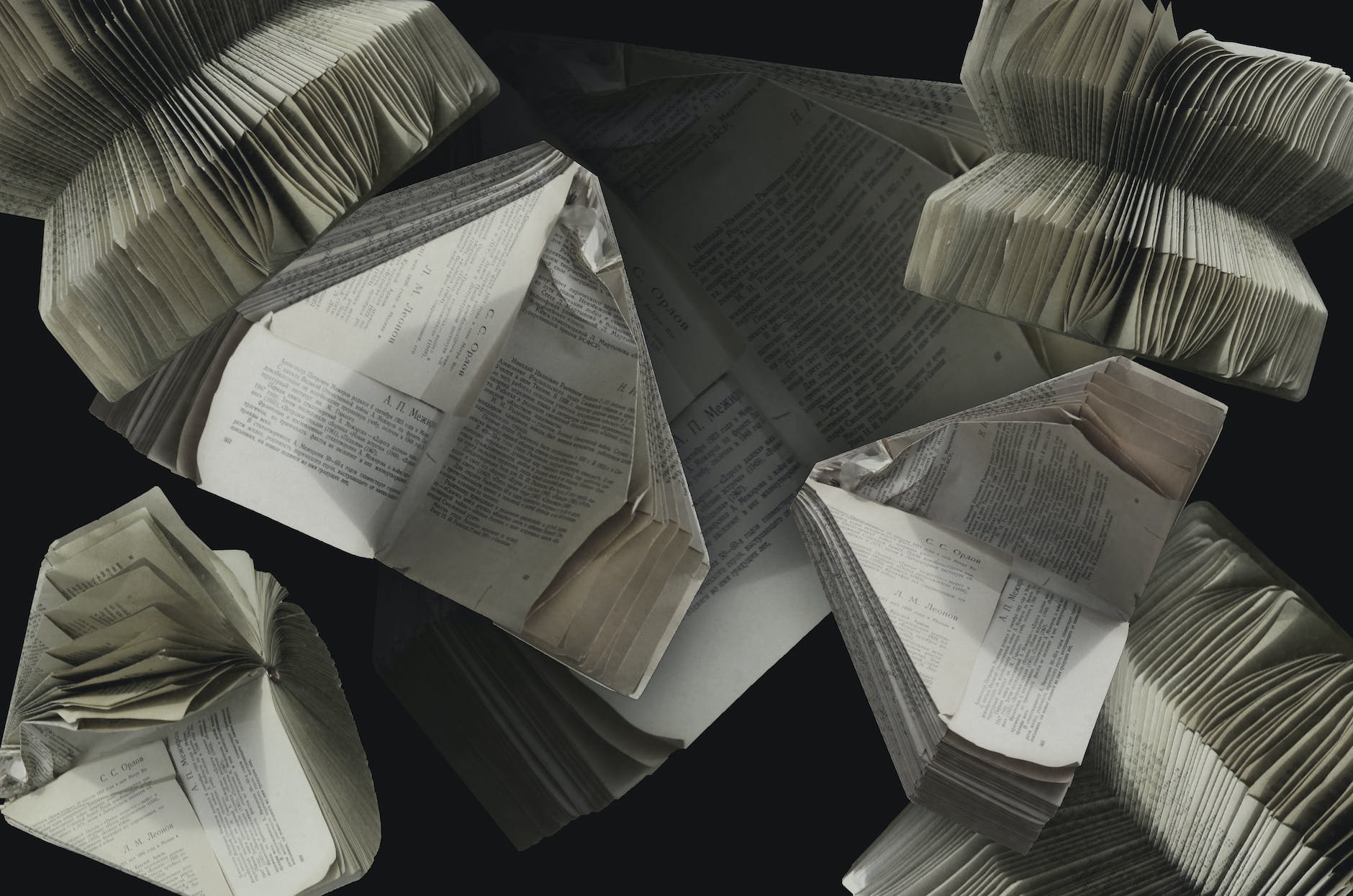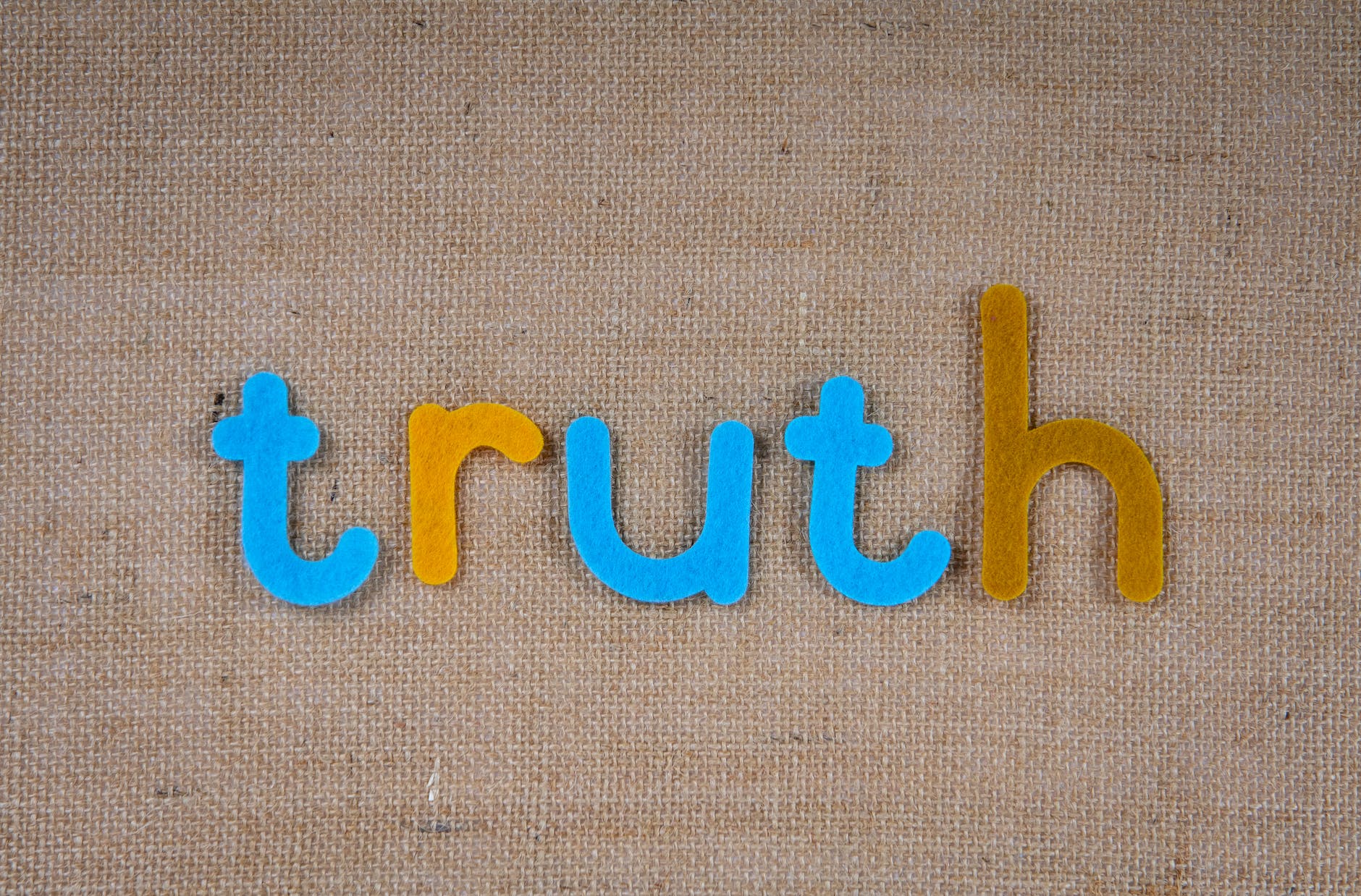Publishing a book in Australia is an exciting endeavour, but it also comes with legal and practical considerations that authors must navigate. Whether you are working with a publisher or self-publishing, understanding your rights and obligations under Australian law is essential.
This guide, written by our publishing lawyer, provides a step-by-step overview of the legal aspects of publishing in Australia, ensuring your work is protected and your interests are safeguarded.
Key Takeaways
- Copyright protection in Australia is automatic under the Copyright Act 1968 (Cth).
- Publishing agreements often include complex clauses that require careful review.
- Defamation and intellectual property (IP) issues can arise, especially when using real-life references or third-party content.
- Self-publishing involves additional legal and contractual considerations.
- Engaging a lawyer can help mitigate risks and ensure compliance with Australian law.
Understanding Copyright in Australia
What is Copyright?
In Australia, copyright protection is automatic as soon as your work is created and expressed in a material form, such as written text. There is no need to register your copyright. The Copyright Act 1968 (Cth) governs copyright law in Australia, granting authors exclusive rights to reproduce, publish, and communicate their work.
How to Protect Your Copyright
- Clearly mark your work with a copyright notice (e.g., “© [Your Name] [Year]”).
- Keep records of drafts and dates of creation to establish ownership.
- Consider licensing your work under specific terms if you wish to allow others to use it.
Publishing Agreements: What to Watch Out For
If you are working with a publisher, you will likely need to sign a publishing agreement. These agreements outline the terms under which your book will be published, distributed, and marketed. Key clauses to review include:
- Royalty Rates: Ensure the percentage of royalties is fair and clearly defined.
- Rights Granted: Be cautious about granting exclusive rights that limit your ability to use your work elsewhere.
- Termination Clauses: Understand the conditions under which the agreement can be terminated.
- Distribution and Marketing: Confirm the publisher’s obligations regarding promotion and distribution.
Intellectual Property Considerations
Trademarks and Illustrations
If your book includes trademarks, illustrations, or other creative elements, ensure you have the necessary permissions or licences. Using third-party content without proper authorisation can lead to legal disputes.
Avoiding Infringement
- Conduct thorough research to ensure your work does not infringe on existing copyrights or trademarks.
- Use royalty-free or licensed images and content where applicable.
Defamation and Legal Risks
What is Defamation?
Defamation occurs when a publication damages a person’s reputation. Under Australian defamation laws, you can be held liable if your book contains false statements about identifiable individuals.
How to Minimise Risk
- Avoid using real names or identifiable details without consent.
- Include disclaimers stating that the work is fictional if applicable.
- Consult a lawyer to review potentially sensitive content.
Self-Publishing: Legal and Practical Steps
Self-publishing offers greater control over your work but also involves additional responsibilities. Key considerations include:
- Contracts with Service Providers: Draft clear agreements with printers, distributors, and marketing agencies.
- ISBN Registration: Obtain an International Standard Book Number (ISBN) for your book.
- Tax Obligations: Register for an ABN (Australian Business Number) if you are earning income from book sales.
Frequently Asked Questions (FAQs)
Do I need to register my copyright in Australia?
No, copyright protection is automatic under the Copyright Act 1968 (Cth) as soon as your work is created and expressed in a material form.
Can I use real-life events or people in my book?
Yes, but you must ensure that the content does not defame individuals or breach their privacy. Changing names and details or obtaining consent can help mitigate risks.
What should I look for in a publishing agreement?
Key clauses to review include royalty rates, rights granted, termination conditions, and the publisher’s obligations regarding distribution and marketing.
How can I protect my book from being copied?
Mark your work with a copyright notice, keep records of creation, and consider legal action if unauthorised use occurs.
Is self-publishing more legally complex than traditional publishing?
Self-publishing involves additional responsibilities, such as managing contracts with service providers and handling tax obligations. However, it also offers greater control over your work.
Publishing a book in Australia requires careful planning and attention to legal details. By understanding your rights and obligations, you can protect your work and ensure a successful publishing journey. If you need assistance with publishing agreements, copyright protection, or other legal matters, contact our experienced team of lawyers today.



